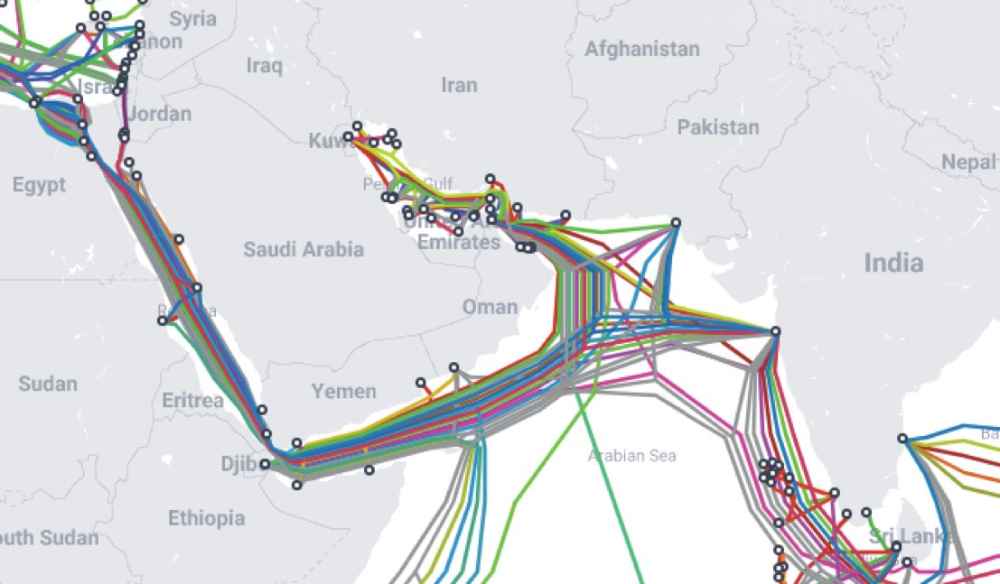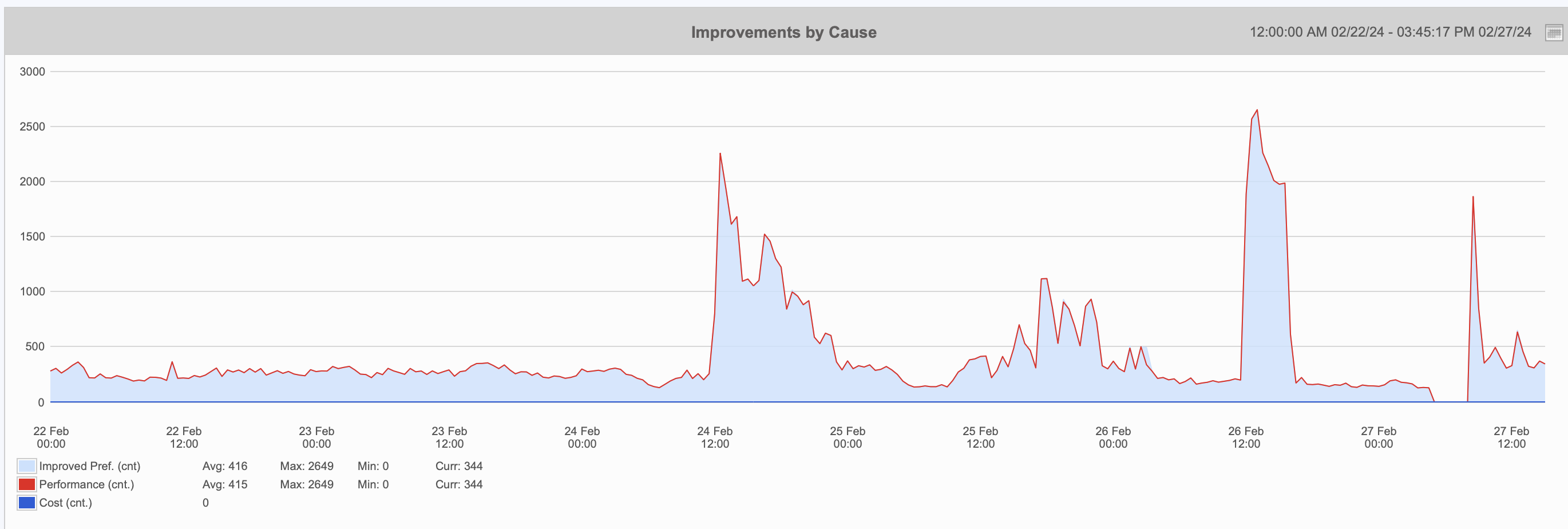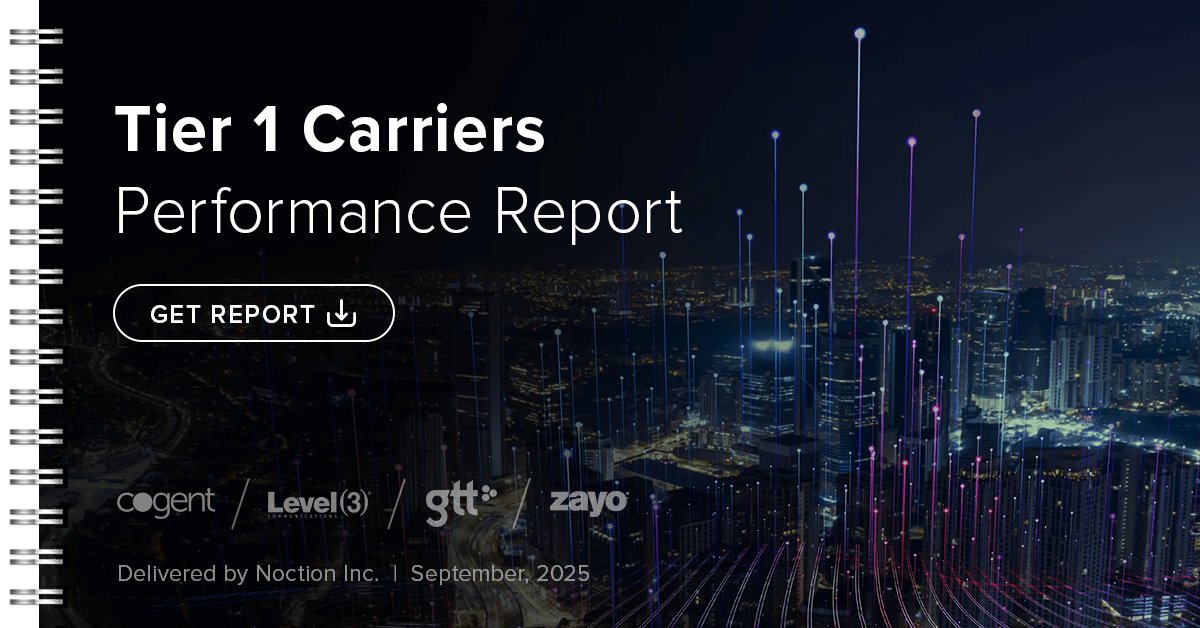Over the recent weekend, the digital world faced a stark reminder of its vulnerabilities when Seacom, a crucial link in Africa’s connection to the global internet, experienced significant subsea cable disruption in its network in the Red Sea. This incident, confirmed by multiple sources including TechCentral and official statements from Seacom, has highlighted the fragility of the underwater cables that underpin our global communication systems. As one of Africa’s premier undersea communications and fiber network operators, Seacom plays a pivotal role in connecting the continent to the rest of the world, making this disruption more than a mere inconvenience.
The Subsea Cable Disruption Incident and Its Implications
On the 24th of February, Seacom, a key player in subsea cable operations, reported a significant outage impacting the section of its network stretching from Mombasa, Kenya, to Zafarana, Egypt. This incident, which took place in the vicinity of the Red Sea, not only affected Seacom’s infrastructure but also had repercussions for adjacent cable systems in the region.
As of now, Seacom has not been able to pinpoint the exact cause of this disruption. The company is actively collaborating with its cable repair partners to evaluate the possibilities for repair, a task made more complex by the geopolitical tensions and sensitivities associated with the Red Sea area.
In response to this challenge, Seacom has tried to maintain traffic flow within Kenya, Tanzania, Mozambique, and South Africa by leveraging its existing cable network for both transmission and IP services. To mitigate the impact on services destined for Europe and beyond, the company implemented rerouting protocols through alternative submarine cable routes such as Equiano, PEACE, and WACS. This rerouting, supported by Seacom’s terrestrial infrastructure, led to routing disruption, with some noticeable increase in latency for a lot of companies throughout the region.
Despite the adverse effects of the outage on businesses across East and Southern Africa, Seacom has been proactively working to sustain service continuity. The company had previously issued a cautionary note to customers on the 5th of February, warning of potential delays in repair operations due to the unstable security conditions in the region. Seacom is now focused on establishing restoration timelines and plans to keep its clients informed of developments as they unfold.
While SEACOM has assured its customers of unaffected capacities, the broader issue encompasses more than just available bandwidth. CDNs and content behemoths like Netflix, Microsoft, Amazon, and Facebook, might face challenges due to possibly strained capacity.
Navigating this complex landscape calls for a strategic reliance on peering exchanges, an indispensable mechanism that facilitates cost-effective data interchange within diverse data center environments. In the current predicament, it’s not merely about possessing extra international capacity; the real challenge is rerouting this traffic to prevent congestion at local peering junctures, especially during peak times.

The area’s undersea cables – source: telegeography.com
Red Sea – critical juncture for global telecommunications
The Red Sea region, a critical juncture for global telecommunications, is serviced by several undersea cables that are pivotal for internet connectivity between continents. These cables are operated by a consortium of international telecommunications companies and regional players. While the exact number of cables can vary due to new deployments and decommissions, some of the notable cables in this region include:
- SEA-ME-WE 3 (SMW3): One of the world’s longest submarine cable systems, SEA-ME-WE 3 connects Southeast Asia, the Middle East, and Western Europe. It has multiple landing points across the region.
- SEA-ME-WE 4 (SMW4): This cable enhances the connectivity provided by SMW3, linking Southeast Asia, the Middle East, and Europe with landing stations in several countries along the Red Sea.
- SEA-ME-WE 5 (SMW5): An extension of the SEA-ME-WE network, this newer cable further bolsters the connectivity between Southeast Asia, the Middle East, and Western Europe.
- EIG (Europe India Gateway): Connecting the United Kingdom to India, the EIG has several landing points in the Middle East, including locations near the Red Sea.
- AAE-1 (Asia Africa Europe-1): AAE-1 is one of the latest high-bandwidth cables linking Asia, Africa, and Europe, providing an alternative route for traffic bypassing the congested Red Sea corridor.
- TE North/TGN-Eurasia: This cable runs from France to Japan, with a segment passing through Egypt, which is a crucial connection point between the Mediterranean and the Red Sea.
Operators of these cables include global telecommunications giants as well as regional telecom companies, all of whom share the responsibility for the maintenance and operation of these critical infrastructures. Here are some of the major operators:
- Telecom Egypt: As Egypt’s primary telecommunications provider, Telecom Egypt has a strategic position in the region and is involved in several submarine cable systems passing through the Red Sea.
- Tata Communications: Tata Communications operates the TGN-Eurasia cable and is a significant player in global telecommunications, with a vast network of undersea cables.
- Reliance Jio Infocomm: As part of the Reliance Industries conglomerate, Reliance Jio is involved in the AAE-1 consortium, among others, expanding its reach into the global telecommunications space.
- Orange: The French multinational telecommunications corporation is involved in several cable systems, including the EIG, enhancing connectivity between Europe, Africa, and Asia.
- Saudi Telecom Company (STC): STC, the Saudi Arabia-based telecommunications company, participates in multiple cable systems, providing connectivity across the region.
The occured incident illuminates the broader implications for companies reliant on these critical undersea infrastructures. The potential for disruptions, whether from natural phenomena or geopolitical strife, poses substantial risks to uninterrupted global communications, impacting businesses, economies, and even the day-to-day lives of individuals dependent on seamless connectivity.
Strategies to Mitigate Risks
In response to such vulnerabilities, companies can adopt several strategies to safeguard their operations against similar disruptions:
Diverse Routing: Implementing alternative routes and leveraging multiple cables can provide redundancy, ensuring that a single point of failure does not cripple the network. Seacom’s rerouting of IP services through alternative cables like Equiano, PEACE, and WACS exemplifies this approach.
Enhanced Monitoring and Quick Response Systems: Advanced monitoring technologies can detect faults more swiftly, enabling quicker response times and reducing downtime. Employing AI and machine learning algorithms can predict potential failure points, facilitating preemptive actions.
Strategic Partnerships and Collaborations: Forming alliances with other network operators and consortia can enhance resource sharing and collective response strategies, improving the overall resilience of the global communications infrastructure.
Infrastructure Investments: Investing in the physical security and durability of cables, especially in conflict-prone or environmentally sensitive zones, can prevent intentional and accidental damages.
Regulatory and Policy Advocacy: Engaging with international bodies and governments to secure undersea cables as critical global infrastructure can lead to stricter regulations, recommendations (e.g., the EU Recommendation on the Security and Resilience of Submarine Cable Infrastructures) and protections against intentional sabotage.
Enhancing Connectivity Resilience
In this complex landscape, technologies like the Noction Intelligent Routing Platform emerge as a critical tool for maintaining and enhancing connectivity. IRP dynamically optimizes internet traffic paths, ensuring data transmission takes the most efficient and reliable route. For businesses affected by undersea cable disruptions like Seacom’s, Noction’s intelligent routing offers several key advantages:
- Adaptive Resilience: By intelligently rerouting traffic away from compromised paths, businesses can maintain operational continuity even amidst disruptions, ensuring minimal impact on services and user experience.
- Optimized Performance: Intelligent routing facilitates optimal path selection in real-time, significantly reducing latency and packet loss. This is crucial for applications requiring high-performance connectivity, such as cloud services, streaming, and online transactions.
- Cost Efficiency: Automating the route optimization process reduces the need for manual intervention, lowering operational costs and allowing for more efficient use of network resources.
The accompanying graph below illustrates a significant increase in the optimizations executed by Noction IRP for one of our regional clients, coinciding with the observed outage of a subsea cable system.

Noction IRP – spike in the number of performed improvements
Noction IRP proactively identifies optimal routes, effectuating real-time adjustments that culminate in the optimization of overall network performance. The platform remains vigilant over diverse data paths 24/7. Upon detecting fluctuations in network conditions, the system promptly recalibrates traffic routes to align with the most efficient pathways, thereby ensuring uninterrupted peak performance. Noction IRP tangibly elevates the quality of user experience for multihomed networks and proves its indispensable potential during troublesome situations.
Forging a Path Forward
The Seacom cable disruption serves as a crucial reminder of the delicate nature of the global communications backbone. In facing these challenges, a multifaceted approach encompassing strategic planning, technological innovation, and international cooperation is essential. Technologies like Noction Intelligent Routing, combined with robust risk mitigation strategies, can empower businesses to navigate the complexities of global connectivity, ensuring that the digital economy remains resilient in the face of evolving threats and challenges.










